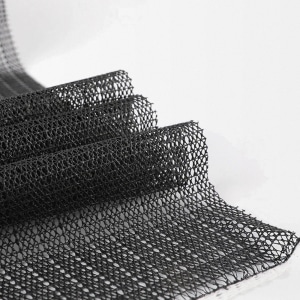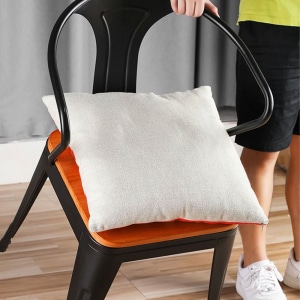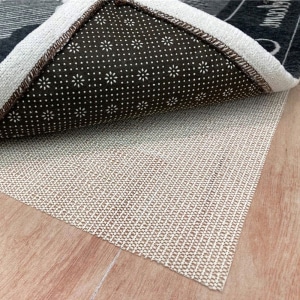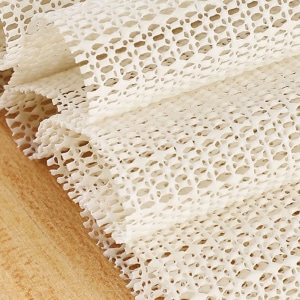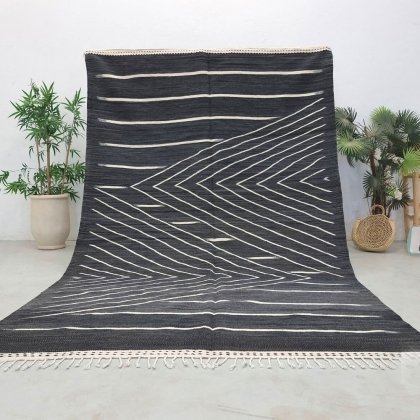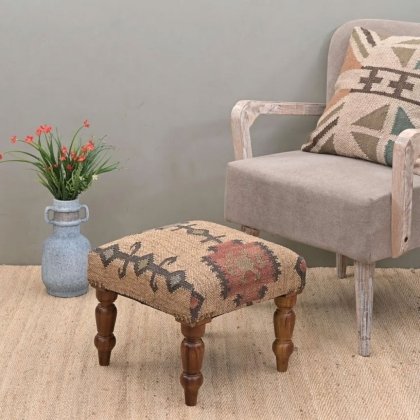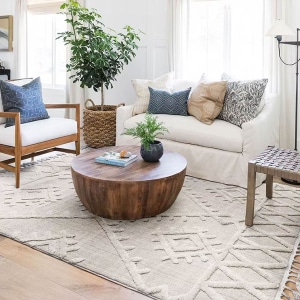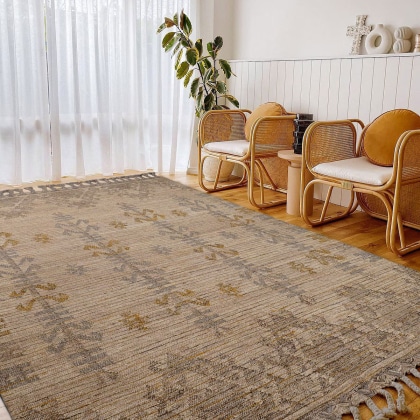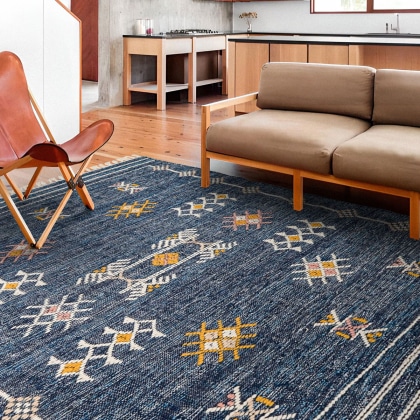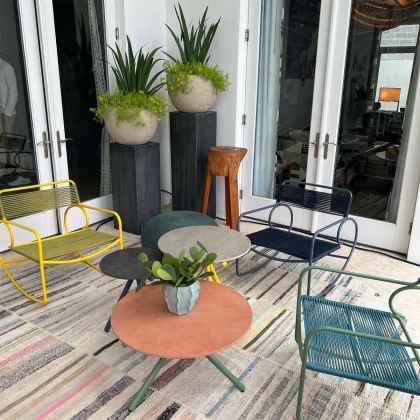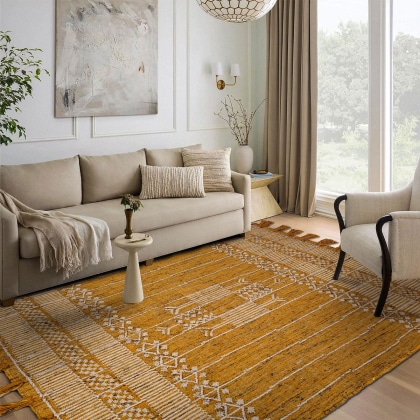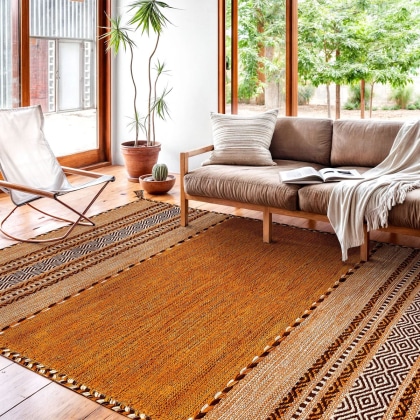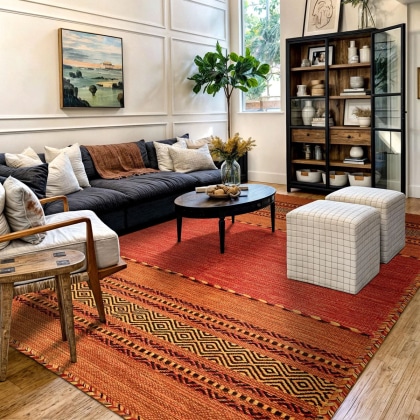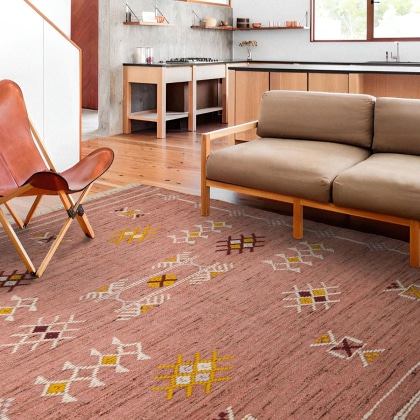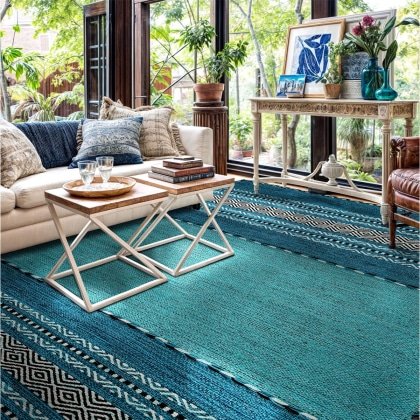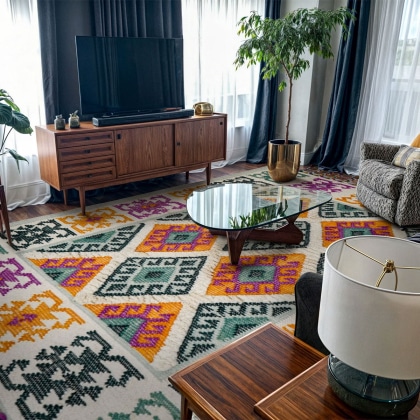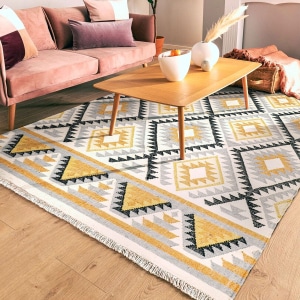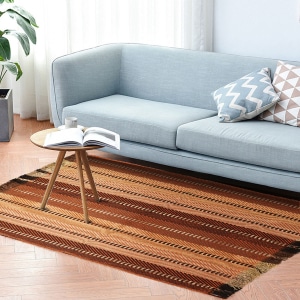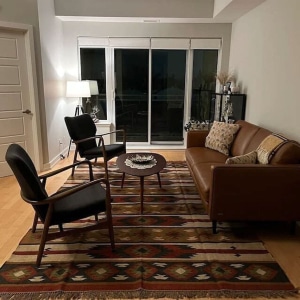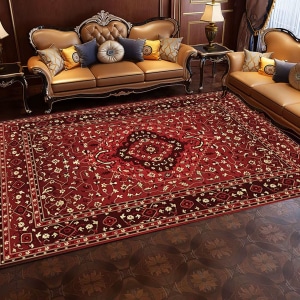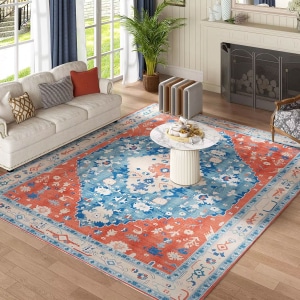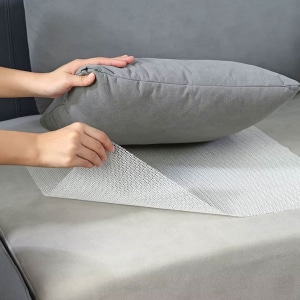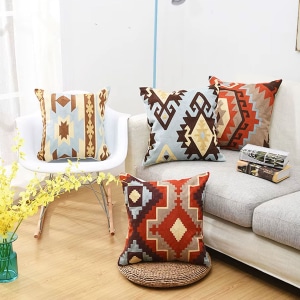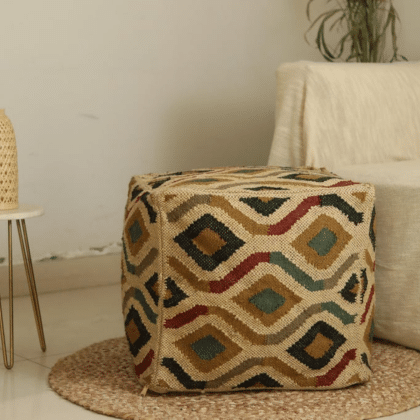Non-slip kilim rug pads
Non-slip kilim rug pads are essential for keeping your beautiful kilim rugs secure, protected, and perfectly in place. While kilim rugs are celebrated for their flat-woven texture and lightweight construction, they often lack the natural grip of heavier rugs. Whether you’re placing your rug on hardwood, tile, or laminate, a high-quality non-slip kilim rug pad ensures safety, extends the life of your rug, and enhances comfort underfoot.
Do Kilim Rugs Need a Rug Pad?
Yes, kilim rugs absolutely need a rug pad, and for good reason. Kilim rugs, while stunningly versatile and durable, are often thin and lightweight, which means they are more likely to slide or bunch up on smooth floors. A rug pad not only keeps your rug secure but also provides a range of benefits that go beyond aesthetics.
Prevents Slipping and Sliding
Kilim rugs are loved for their flat weave and lightweight nature, but this can also make them prone to slipping. A non-slip rug pad grips both the rug and the floor, ensuring that it stays perfectly in place, even in high-traffic areas.
Protects Your Floors and Your Rug
Without a rug pad, the back of a kilim rug can scratch hardwood or delicate flooring over time. A rug pad acts as a protective barrier, reducing friction and preventing damage to both your rug and your floors. Additionally, it helps distribute weight evenly, minimizing wear and tear on the rug fibers.
Adds Cushioning and Comfort
Kilim rugs are celebrated for their flat texture, but they lack the plushness of thicker pile rugs. A high-quality rug pad provides an added layer of cushioning, making your rug feel more comfortable underfoot. This is especially beneficial in living rooms, bedrooms, or any space where you spend a lot of time.
Example: A family with young children shared how adding non-slip rug pads under their kilim rugs made their floors safer for playtime while protecting their vintage rugs from damage.
How Do You Keep a Kilim Rug in Place?
Keeping a kilim rug securely in place can be a challenge on hard floors, but the solution is simple: use a high-quality non-slip rug pad. These pads are specifically designed to grip the floor and the rug simultaneously, eliminating sliding or bunching.
Choose the Right Material
Not all rug pads are created equal. For kilim rugs, opt for materials like natural rubber, felt, or a combination of both. These materials provide excellent grip while being gentle on delicate floors and rugs.
Proper Sizing for Maximum Grip
A rug pad should be slightly smaller than your kilim rug to ensure the edges of the rug lay flat against the floor. Most pads can be easily trimmed to fit your rug perfectly.
Multi-Surface Adaptability
Non-slip rug pads work effectively on a variety of surfaces, including hardwood, tile, laminate, and concrete. Whether you’re anchoring a small hallway runner or a large living room kilim, a properly sized rug pad will keep your rug in place.
What Is the Best Material for a Non-Slip Rug Pad?
The best material for a non-slip rug pad depends on your flooring type and specific needs. For kilim rugs, the most effective materials include:
1. Natural Rubber
Natural rubber rug pads are an excellent choice for kilim rugs. They offer superior grip without damaging floors, making them ideal for hardwood, tile, and laminate. Natural rubber is also eco-friendly, non-toxic, and resistant to wear.
Pro Tip: Avoid cheap PVC rug pads, as they can discolor or damage certain types of floors over time.
2. Felt and Rubber Combination
For added comfort and grip, a felt and rubber combination pad is a perfect solution. The felt layer provides extra cushioning and helps protect the rug, while the rubber backing prevents slipping. This combination works especially well for larger kilim rugs in living areas or bedrooms.
3. Recycled Felt Pads
If cushioning is your priority, a 100% felt rug pad made from recycled fibers provides a plush feel underfoot. While felt pads alone don’t have the same non-slip grip as rubber, they are ideal for rugs placed under heavy furniture, where slipping is less of a concern.
Why a Non-Slip Rug Pad Is Essential for Your Kilim
Kilim rugs are valuable investments, often handcrafted and steeped in cultural tradition. Using a non-slip rug pad ensures that your kilim remains secure and well-preserved for years to come. Here’s why it’s essential:
Prevents Accidents
Sliding rugs are a safety hazard, especially in homes with children, pets, or elderly individuals. A non-slip rug pad minimizes the risk of trips, falls, or accidents.
Extends the Life of Your Rug
A rug pad reduces wear by absorbing the impact of foot traffic and furniture weight. This helps prevent fraying, creases, and premature damage to the delicate fibers of kilim rugs.
Improves Rug Appearance
Without a rug pad, kilim rugs can bunch, curl, or develop wrinkles. A non-slip rug pad keeps the rug smooth and flat, preserving its beautiful patterns and designs.
Enhances Insulation and Acoustics
A rug pad provides a layer of insulation, helping regulate temperature and dampen noise. This makes your living spaces quieter and cozier—an added bonus for any home.
Choosing the Right Non-Slip Kilim Rug Pad for Your Home
When selecting a rug pad, it’s important to consider the size, material, and type of flooring in your home. Here’s a quick guide to help you make the right choice:
For Hardwood Floors: Choose natural rubber or a felt-and-rubber combination pad to prevent damage and ensure a strong grip.
For Tile or Laminate Floors: A natural rubber pad works best, offering excellent non-slip performance without leaving marks.
For High-Traffic Areas: Opt for a dense, durable pad with strong grip to keep the rug firmly anchored.
Example: A couple who recently installed hardwood floors found that their kilim rug was constantly slipping. Adding a natural rubber rug pad not only solved the problem but also protected their floors from scratches.
How to Care for Your Non-Slip Kilim Rug Pad
Maintaining your rug pad is simple and ensures its longevity:
Vacuum Regularly
Vacuum both the rug and the rug pad to remove dirt, dust, and debris.
Clean Spills Immediately
If liquid spills on the rug pad, blot it dry with a cloth and allow it to air out before replacing the rug.
Rotate Periodically
For even wear, rotate both the rug and the pad every few months, especially in high-traffic areas.
Trim to Fit
If your rug pad shifts over time, trim it slightly smaller than the rug to ensure a perfect fit.
